Home>Gardening & Outdoor>Outdoor Recreation & Activities>What Chemicals Do You Use In A Swimming Pool
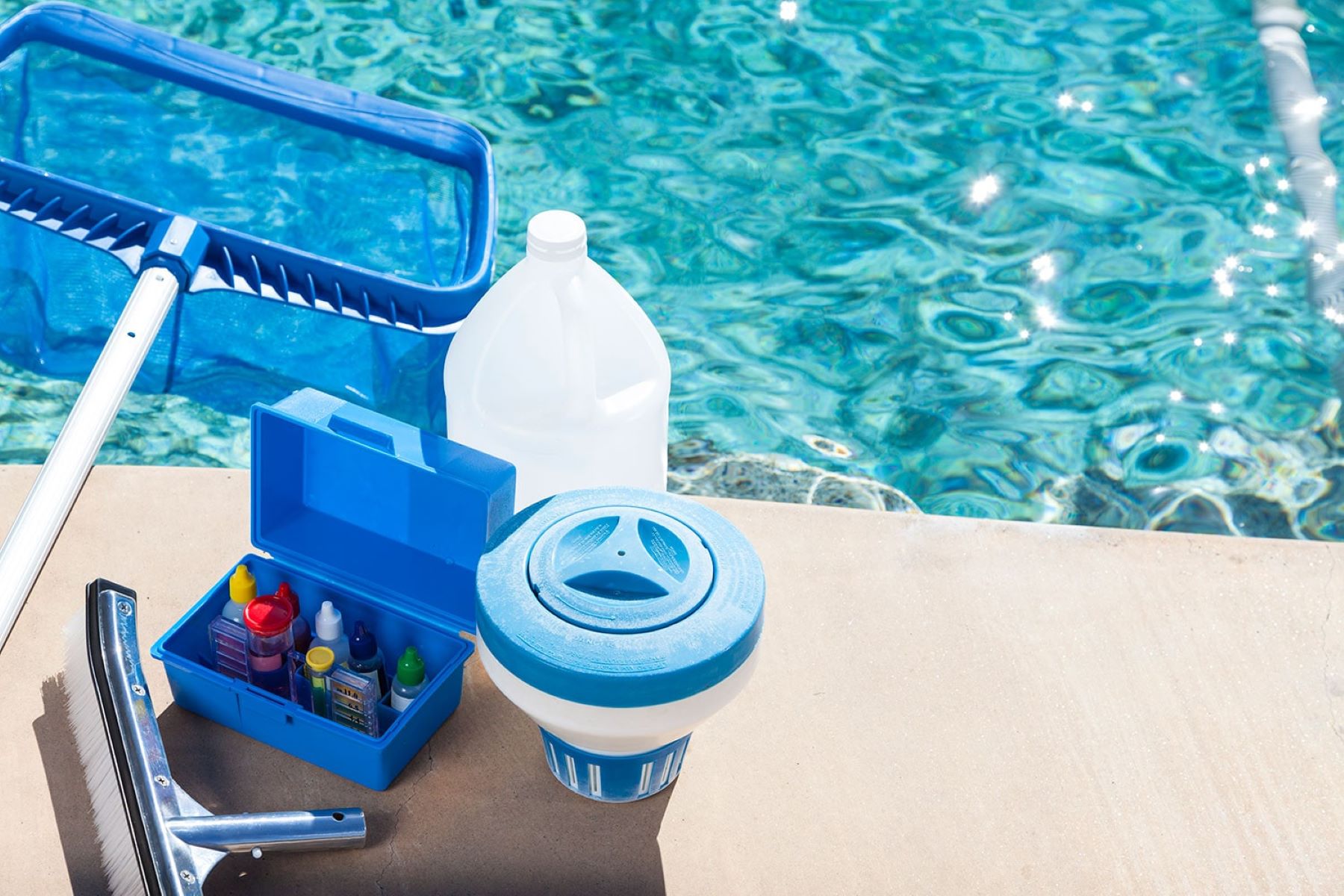

Outdoor Recreation & Activities
What Chemicals Do You Use In A Swimming Pool
Published: February 17, 2024
Discover the essential chemicals for maintaining a clean and safe swimming pool. Learn about outdoor recreation and activities for a fun and enjoyable experience.
(Many of the links in this article redirect to a specific reviewed product. Your purchase of these products through affiliate links helps to generate commission for Storables.com, at no extra cost. Learn more)
Introduction
When it comes to maintaining a clean and inviting swimming pool, the use of various chemicals is essential. These chemicals play a crucial role in ensuring that the water remains safe, clear, and free from harmful bacteria and algae. Understanding the different types of chemicals used in pool maintenance is vital for pool owners and operators to effectively manage water quality and ensure a pleasant swimming experience for all.
In this comprehensive guide, we will delve into the various chemicals commonly used in swimming pool maintenance. From chlorine to pH adjusters, algaecides, clarifiers, stabilizers, and shock treatments, each chemical serves a specific purpose in maintaining the optimal balance of the pool water. By gaining insights into the functions and applications of these chemicals, pool owners can make informed decisions to keep their pools clean, safe, and enjoyable for all swimmers.
Let's embark on a journey through the world of pool chemicals, exploring their roles, benefits, and best practices for their use. Whether you're a seasoned pool maintenance professional or a new pool owner, this guide will equip you with the knowledge needed to ensure that your swimming pool remains a refreshing oasis for relaxation and recreation.
Key Takeaways:
- Keep your pool clean and safe with chlorine, which fights bacteria and algae. Test and maintain the right levels for a refreshing swimming experience.
- Use pH adjusters to balance the acidity of your pool water for a comfortable and safe swim. Keep your pool inviting with the right pH levels.
Read more: What To Do In The Swimming Pool
Chlorine
Chlorine is perhaps the most well-known and widely used chemical in swimming pool maintenance, and for good reason. It serves as a powerful disinfectant, effectively eliminating harmful bacteria, viruses, and other microorganisms that can thrive in pool water. This essential chemical plays a pivotal role in safeguarding the health and well-being of swimmers by maintaining water quality and preventing the spread of waterborne illnesses.
One of the primary functions of chlorine is to sanitize the pool water by eradicating pathogens and contaminants. When added to the pool, chlorine undergoes a chemical reaction that releases hypochlorous acid, a potent antimicrobial agent. This acid effectively destroys bacteria and other harmful organisms, ensuring that the water remains safe and hygienic for swimmers.
In addition to its disinfectant properties, chlorine also helps control and prevent the growth of algae and other unsightly microorganisms. By inhibiting algae formation, chlorine contributes to the overall clarity and cleanliness of the pool water, enhancing its visual appeal and inviting swimmers to take a refreshing dip.
It's important to maintain the appropriate chlorine levels in the pool water to ensure optimal effectiveness. The ideal chlorine concentration typically falls within the range of 1.0 to 3.0 parts per million (ppm), although this may vary based on factors such as pool usage, weather conditions, and water temperature. Regular testing and monitoring of chlorine levels are essential to prevent both under-chlorination, which can lead to inadequate sanitation, and over-chlorination, which may cause skin and eye irritation.
Furthermore, the introduction of stabilized chlorine products, such as chlorine tablets or granules containing cyanuric acid, has revolutionized pool maintenance. These products help sustain chlorine's effectiveness by protecting it from degradation due to UV rays, thereby prolonging its disinfecting capabilities and reducing the frequency of application.
In summary, chlorine stands as a cornerstone of pool maintenance, playing a vital role in sanitizing the water, controlling algae, and ensuring a safe and enjoyable swimming environment. By understanding the significance of chlorine and maintaining appropriate levels, pool owners can uphold the pristine condition of their pools, fostering a welcoming oasis for leisure and recreation.
pH Adjusters
Maintaining the proper pH balance in a swimming pool is paramount to ensuring water quality, swimmer comfort, and the longevity of pool equipment. The pH level indicates the acidity or alkalinity of the water, with the ideal range falling between 7.2 and 7.8 on the pH scale. When the pH strays outside this optimal range, various issues can arise, including skin and eye irritation, corrosion of pool surfaces and equipment, and diminished effectiveness of chlorine and other chemicals.
To address pH imbalances, pool owners rely on pH adjusters, which are essential chemicals used to regulate and stabilize the acidity or alkalinity of the pool water. Two primary types of pH adjusters are commonly employed: pH increasers and pH decreasers.
pH Increasers
When the pH level of pool water falls below the recommended range, pH increasers, such as sodium carbonate (soda ash) or sodium bicarbonate, are utilized to raise the pH and restore balance. By adding these chemicals to the water, the acidity is neutralized, thereby preventing potential damage to pool surfaces and equipment while promoting swimmer comfort.
pH Decreasers
Conversely, if the pH level exceeds the optimal range and the water becomes too alkaline, pH decreasers, such as muriatic acid or sodium bisulfate, are employed to lower the pH and bring it back within the recommended parameters. These chemicals effectively counteract the alkalinity, helping to prevent scale formation, cloudy water, and reduced effectiveness of chlorine.
It is crucial for pool owners to regularly test the pH levels of their pool water using reliable testing kits and adjust the pH as needed to maintain the proper balance. By diligently monitoring and managing the pH, pool enthusiasts can ensure a comfortable and safe swimming environment while safeguarding the integrity of their pool infrastructure.
In summary, pH adjusters play a pivotal role in maintaining the optimal pH balance of swimming pool water, thereby promoting water quality, swimmer comfort, and the longevity of pool components. By understanding the functions and applications of pH increasers and decreasers, pool owners can effectively manage the pH levels of their pools, creating an inviting and enjoyable aquatic retreat for all.
Read more: How Do You Winterize A Swimming Pool
Algaecides
Algae growth in swimming pools can be a persistent nuisance, compromising the water's clarity and aesthetic appeal. Algaecides serve as a crucial line of defense against these unwelcome invaders, effectively combating and preventing algae infestations to maintain pristine pool conditions.
Algaecides are specialized chemicals designed to target and eliminate algae, including green, yellow, and black algae varieties. These formulations work by disrupting the cellular structure and metabolic processes of algae, ultimately leading to their demise. By incorporating algaecides into a pool maintenance regimen, pool owners can effectively thwart algae growth and preserve the water's visual clarity and hygiene.
There are two primary categories of algaecides: metallic and non-metallic. Metallic algaecides, containing active ingredients such as copper or silver, act as powerful algaestats, inhibiting algae growth and reproduction. Non-metallic algaecides, on the other hand, utilize quaternary ammonium compounds to eradicate existing algae and prevent their resurgence.
When selecting an algaecide, it is essential to consider the specific type of algae present in the pool, as different formulations are tailored to combat distinct algae species. Green algae, the most common type found in pools, can be effectively controlled with a broad-spectrum algaecide. Yellow and black algae, which are more resilient and challenging to eradicate, may require specialized algaecides formulated for stubborn algae strains.
Furthermore, algaecides can be utilized as a preventive measure to impede algae growth before it becomes visibly problematic. By incorporating regular, maintenance doses of algaecide into the pool water, pool owners can proactively deter algae infestations, preserving the water's pristine condition and minimizing the need for intensive algae treatment.
It is important to note that while algaecides play a pivotal role in combating algae, they should be used in conjunction with proper pool maintenance practices, including regular brushing, vacuuming, and filtration. Additionally, maintaining appropriate chlorine levels and balanced pH is crucial to bolster the effectiveness of algaecides and prevent future algae outbreaks.
In summary, algaecides stand as indispensable allies in the battle against algae, safeguarding swimming pools from unsightly and potentially harmful infestations. By understanding the different types of algaecides and their applications, pool owners can effectively combat algae growth, ensuring that their pools remain inviting, pristine, and free from the clutches of these persistent aquatic foes.
Clarifiers
Maintaining crystal-clear water in a swimming pool is a hallmark of a well-maintained aquatic oasis. However, achieving and sustaining pristine water clarity can be a challenging endeavor, especially in the presence of microscopic particles and impurities that can cloud the water. This is where clarifiers, also known as flocculants, emerge as invaluable assets in the pool maintenance arsenal.
Clarifiers are specialized chemicals designed to address the issue of suspended particles and debris in pool water. These particles, which are often too small to be effectively captured by the pool's filtration system, can contribute to water cloudiness and diminish the pool's visual appeal. Clarifiers work by coagulating these minuscule particles, causing them to clump together and form larger, more easily filterable masses. This process facilitates the removal of these conglomerates through the pool's filtration system, ultimately leading to enhanced water clarity.
One of the key advantages of clarifiers is their ability to target and eliminate particles that would otherwise evade capture by the pool's filtration system. These particles can include dust, pollen, oils, and other microscopic debris that contribute to water cloudiness. By effectively agglomerating these particles, clarifiers enable the pool's filtration system to efficiently trap and remove them, resulting in noticeably clearer and more inviting water.
It is important to note that while clarifiers aid in improving water clarity, they do not serve as a substitute for regular pool maintenance practices, such as skimming, vacuuming, and maintaining proper chemical balance. Instead, clarifiers complement these routine maintenance efforts by facilitating the removal of fine particles that would otherwise linger in the water, impeding the achievement of optimal clarity.
When using clarifiers, it is essential to follow the manufacturer's instructions regarding dosage and application. Overdosing with clarifiers can lead to overcoagulation, resulting in the formation of larger masses that are challenging for the filtration system to handle. Conversely, underdosing may yield suboptimal results, failing to sufficiently address water cloudiness.
In summary, clarifiers play a pivotal role in enhancing water clarity by coagulating microscopic particles and impurities, facilitating their removal through the pool's filtration system. By incorporating clarifiers into a comprehensive pool maintenance regimen, pool owners can achieve and maintain sparkling, inviting water that beckons swimmers to indulge in a refreshing aquatic experience.
Test your pool water regularly to ensure the right balance of chemicals. Chlorine is commonly used to kill bacteria, while pH balancers keep the water safe and comfortable for swimming.
Stabilizers
Stabilizers, also known as cyanuric acid, play a pivotal role in maintaining the effectiveness of chlorine in swimming pools. These essential chemicals serve as guardians of chlorine, shielding it from the degrading effects of ultraviolet (UV) rays. By incorporating stabilizers into pool water, pool owners can prolong the lifespan of chlorine, ensuring sustained disinfection and sanitation capabilities.
The primary function of stabilizers is to prevent the rapid dissipation of chlorine due to sunlight exposure. Without stabilizers, chlorine molecules are vulnerable to degradation when exposed to UV rays, leading to diminished potency and shortened intervals of effectiveness. Stabilizers form a protective shield around chlorine, effectively reducing its susceptibility to UV degradation and extending its lifespan in the pool water.
Maintaining the appropriate stabilizer levels is crucial to optimize its protective benefits for chlorine. The ideal stabilizer concentration typically falls within the range of 30 to 50 parts per million (ppm). This range ensures that chlorine remains adequately shielded while preventing an excessive buildup of stabilizers, which can impede chlorine's disinfecting capabilities.
It is important to note that while stabilizers are instrumental in preserving chlorine, excessive stabilizer levels can lead to a condition known as "chlorine lock." This phenomenon occurs when the excessive presence of stabilizers hinders the release of free chlorine into the water, rendering it less effective in sanitizing the pool. To mitigate the risk of chlorine lock, pool owners should regularly monitor stabilizer levels and maintain them within the recommended range.
When adding stabilizers to the pool water, it is essential to distribute them evenly to facilitate their dissolution. This can be achieved by pre-dissolving stabilizers in a bucket of water before evenly dispersing the solution across the pool surface. Proper dispersion ensures uniform distribution of stabilizers, optimizing their protective effects on chlorine throughout the entire pool volume.
In summary, stabilizers serve as vital guardians of chlorine, shielding it from the degrading influence of UV rays and prolonging its effectiveness in sanitizing pool water. By maintaining appropriate stabilizer levels and understanding their protective role, pool owners can ensure sustained disinfection capabilities, fostering a safe and hygienic swimming environment for all.
Shock Treatments
Shock treatments are a critical component of swimming pool maintenance, serving as a potent remedy for addressing various water quality issues. Also known as superchlorination, shock treatments involve the addition of a highly concentrated dose of chlorine to the pool water, effectively oxidizing organic contaminants, eliminating chloramines, and restoring water clarity and sanitation.
One of the primary purposes of shock treatments is to combat chloramines, which are undesirable byproducts resulting from the interaction between chlorine and organic substances, such as sweat, urine, and body oils introduced by swimmers. Chloramines not only impart an unpleasant odor to the water but also contribute to eye and skin irritation. By administering a shock treatment, pool owners can break down chloramines, thereby alleviating these discomforts and enhancing swimmer comfort.
In addition to addressing chloramines, shock treatments play a pivotal role in oxidizing organic contaminants and impurities that accumulate in the pool water over time. These contaminants can include sunscreen residues, cosmetic products, and environmental debris, all of which can compromise water clarity and hygiene. By administering a shock treatment, pool owners effectively eliminate these organic compounds, restoring the water to a pristine and inviting state.
It is important to note that shock treatments are particularly beneficial following periods of heavy pool usage, such as pool parties or gatherings, as well as after significant rainfall or intense sunlight exposure. These events can introduce a surge of organic matter and contaminants into the pool, necessitating the application of a shock treatment to swiftly address any resulting water quality issues.
When performing a shock treatment, it is crucial to follow the manufacturer's guidelines regarding the appropriate dosage and application method. Overdosing with shock treatment can lead to excessive chlorine levels, potentially causing skin and eye irritation, while underdosing may yield suboptimal results in addressing water quality issues.
Furthermore, it is advisable to administer shock treatments in the evening or at night to maximize their effectiveness. This timing allows the chlorine to work undisturbed by sunlight, ensuring thorough oxidation of contaminants and chloramines without the risk of rapid dissipation due to UV exposure.
In summary, shock treatments stand as a powerful tool in the pool maintenance toolkit, offering a swift and effective means of addressing chloramines, organic contaminants, and water quality issues. By understanding the significance of shock treatments and their proper application, pool owners can uphold the pristine condition of their pools, fostering a refreshing and hygienic aquatic environment for all swimmers.
Read more: How Do You Fill In A Swimming Pool
Conclusion
In conclusion, the effective maintenance of a swimming pool hinges on the strategic utilization of a diverse array of chemicals, each serving a specific and indispensable role in preserving water quality, clarity, and safety. From the stalwart disinfectant properties of chlorine to the pH-balancing prowess of pH adjusters, the algae-combating capabilities of algaecides, the clarifying action of clarifiers, the protective role of stabilizers, and the revitalizing impact of shock treatments, these chemicals collectively form the cornerstone of comprehensive pool maintenance.
Chlorine, as the linchpin of pool sanitation, stands as a stalwart guardian against harmful pathogens and algae, ensuring that the water remains safe and inviting for swimmers. Its efficacy is further bolstered by the inclusion of stabilizers, which shield chlorine from the degrading influence of UV rays, prolonging its disinfecting capabilities. Meanwhile, pH adjusters play a pivotal role in maintaining the optimal acidity or alkalinity of the water, safeguarding swimmer comfort and the integrity of pool infrastructure.
The battle against algae is deftly waged with the aid of algaecides, which target and eliminate these persistent aquatic foes, preserving water clarity and visual appeal. Additionally, the coagulating prowess of clarifiers facilitates the removal of microscopic particles and impurities, ensuring that the water remains sparkling and inviting. Finally, shock treatments emerge as a potent remedy for addressing water quality issues, swiftly oxidizing organic contaminants and chloramines to restore pristine water conditions.
By understanding the functions and applications of these chemicals, pool owners and operators can effectively manage water quality, clarity, and safety, fostering a welcoming oasis for leisure and recreation. Regular testing, diligent monitoring, and adherence to best practices in chemical application are essential to ensure the optimal performance of these chemicals and the sustained enjoyment of the pool environment.
In essence, the judicious use of these pool chemicals, coupled with routine maintenance practices, is instrumental in upholding the pristine condition of swimming pools, transforming them into refreshing and hygienic aquatic retreats. With a comprehensive understanding of these chemicals and their roles, pool enthusiasts can embark on a journey of pool maintenance with confidence, ensuring that their pools remain inviting havens for relaxation and recreation.
Frequently Asked Questions about What Chemicals Do You Use In A Swimming Pool
Was this page helpful?
At Storables.com, we guarantee accurate and reliable information. Our content, validated by Expert Board Contributors, is crafted following stringent Editorial Policies. We're committed to providing you with well-researched, expert-backed insights for all your informational needs.
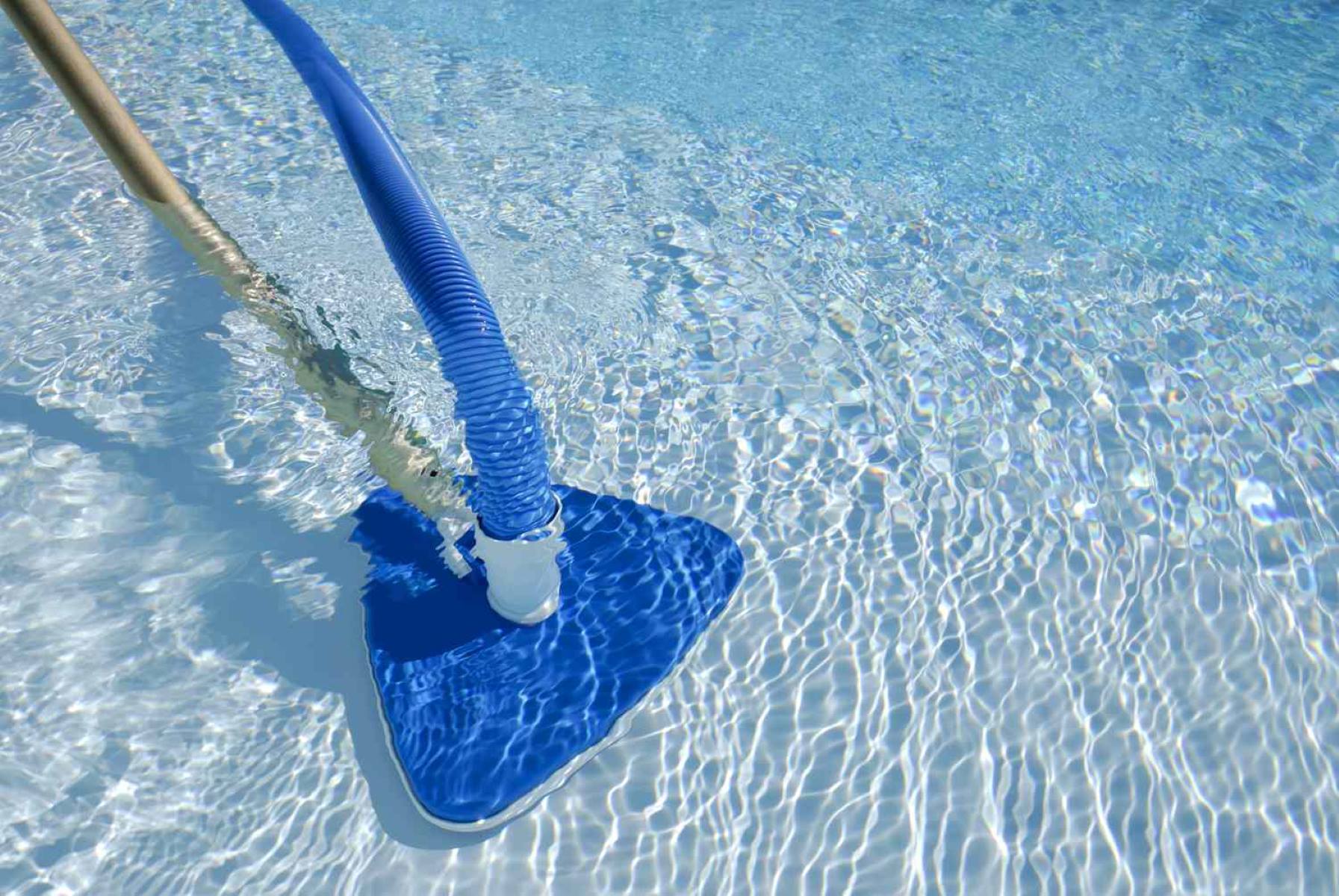
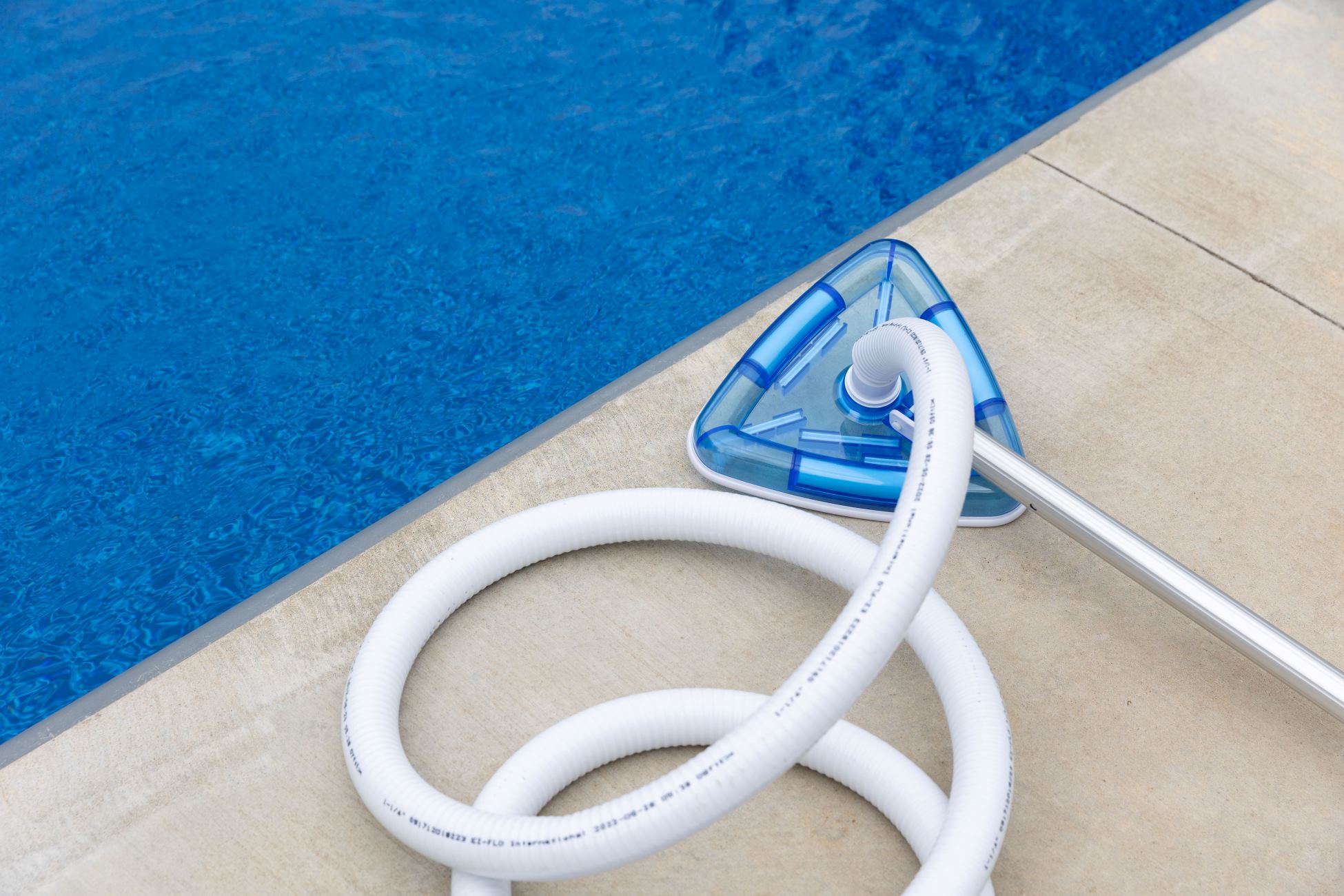
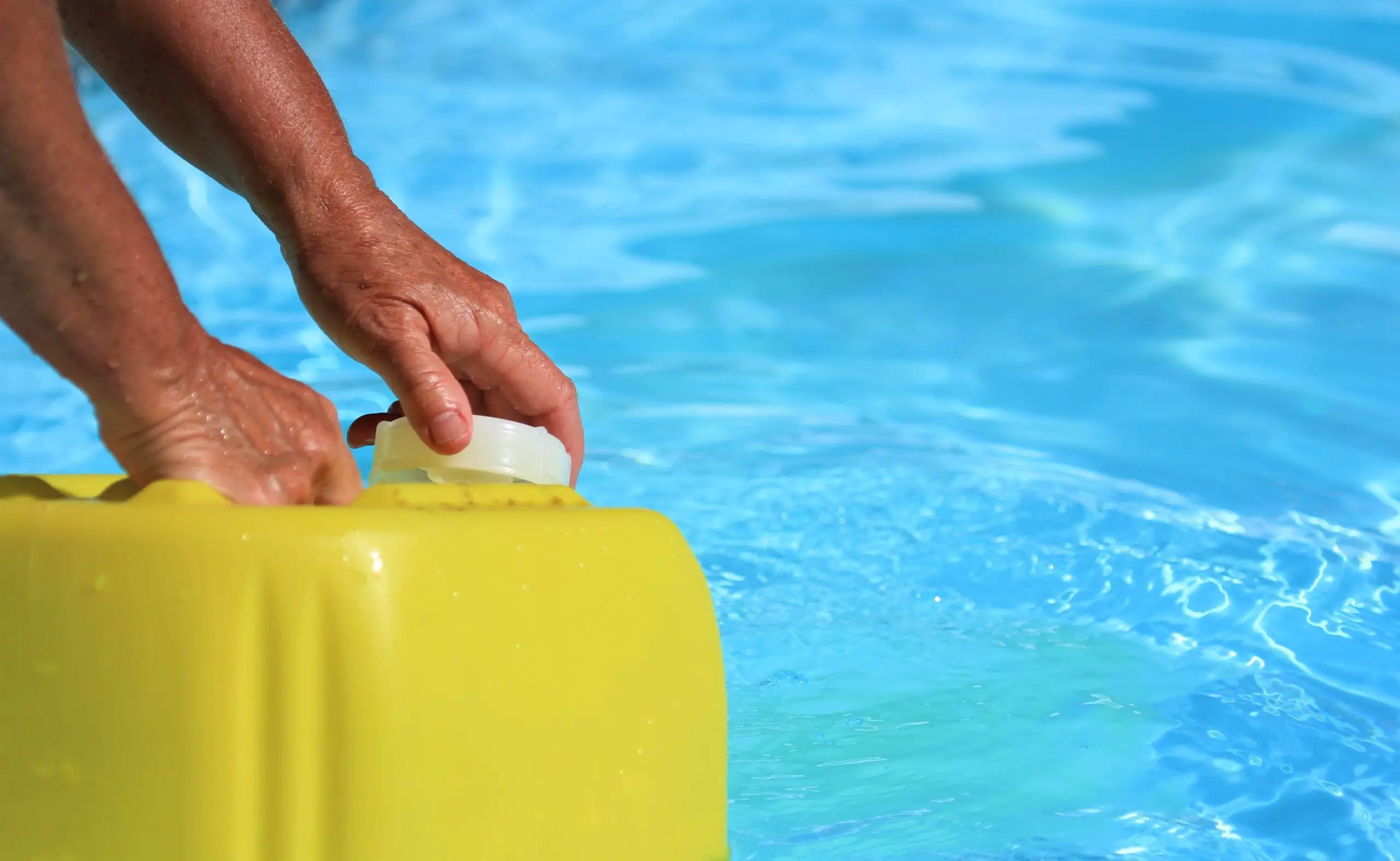
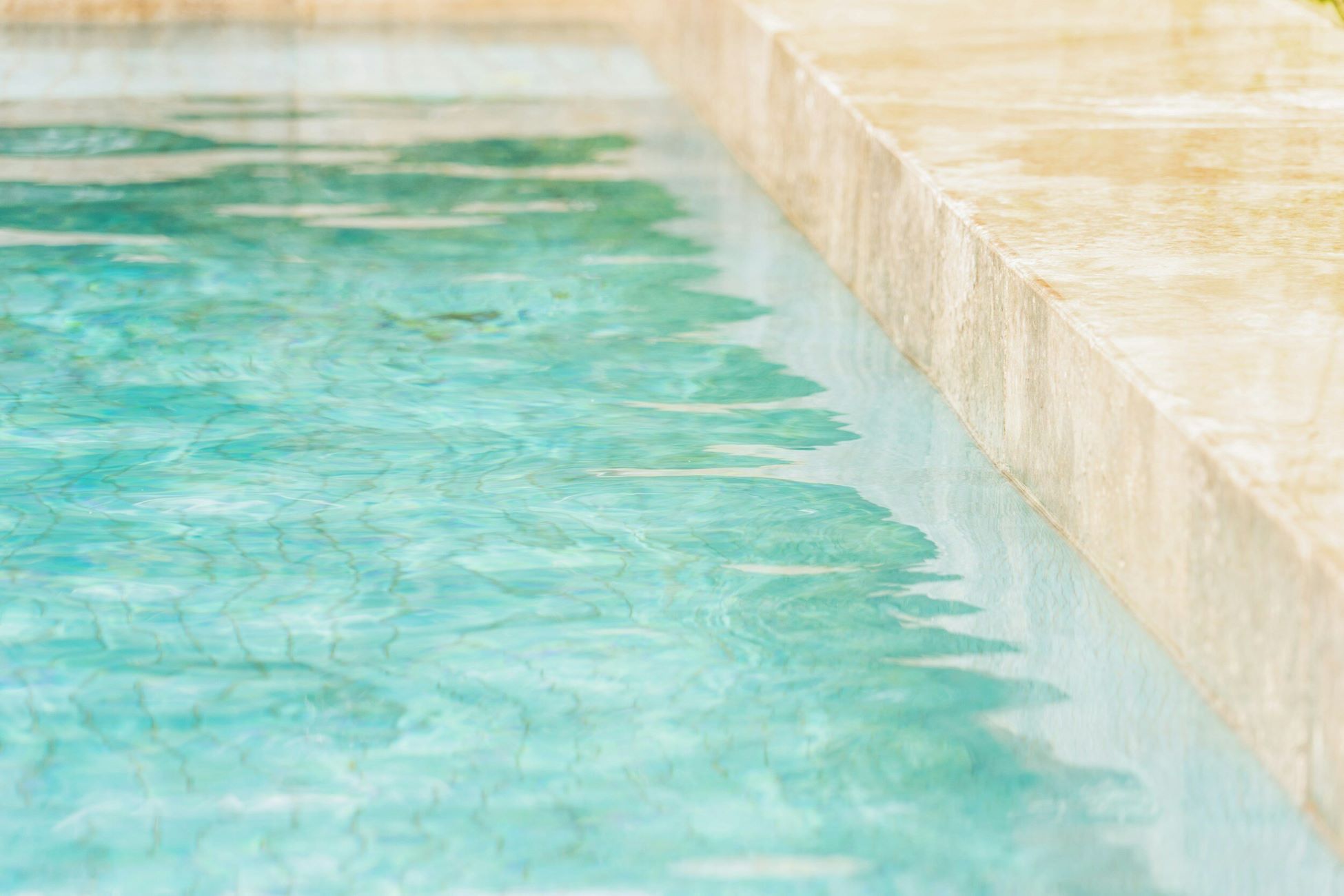
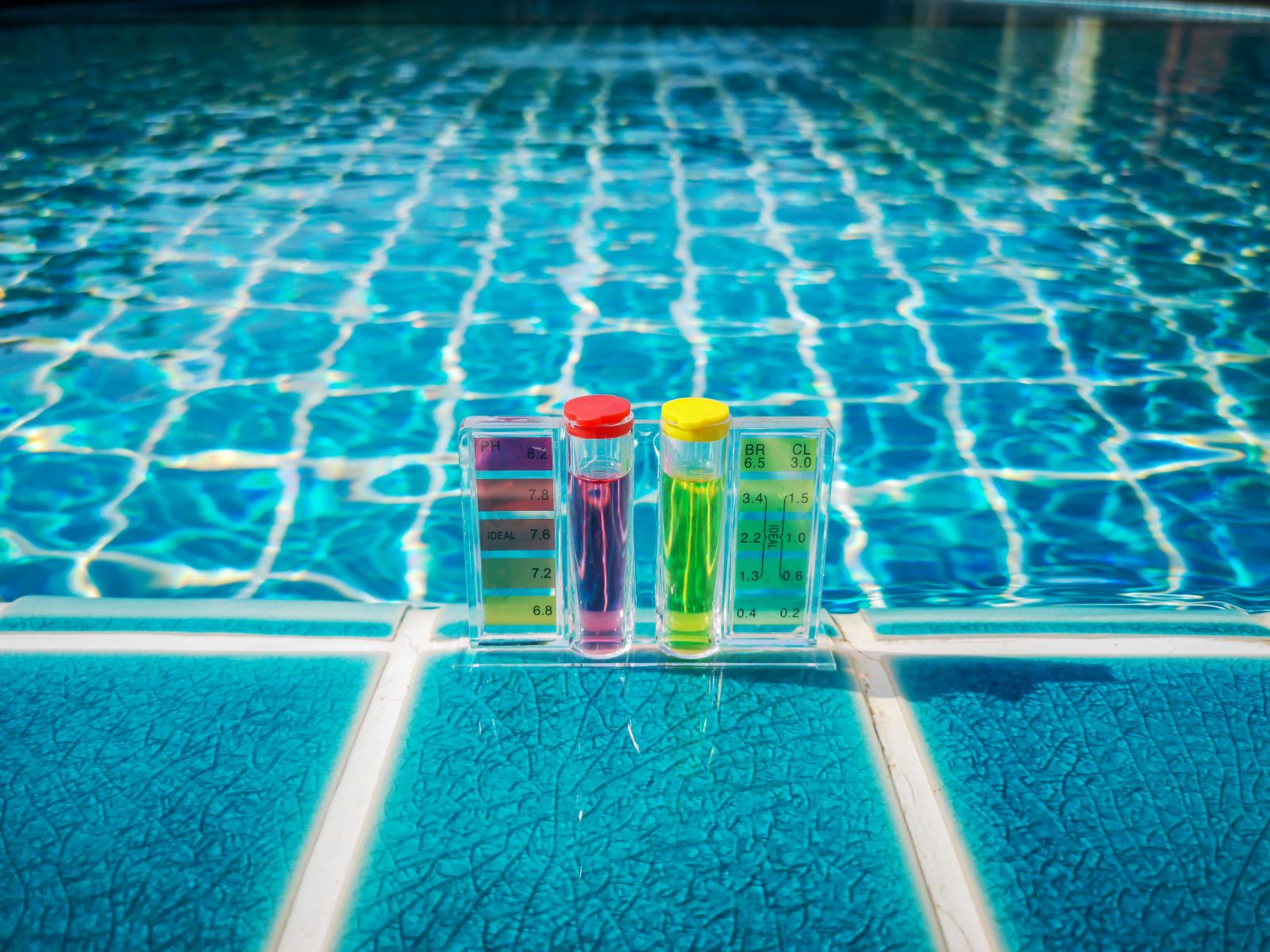
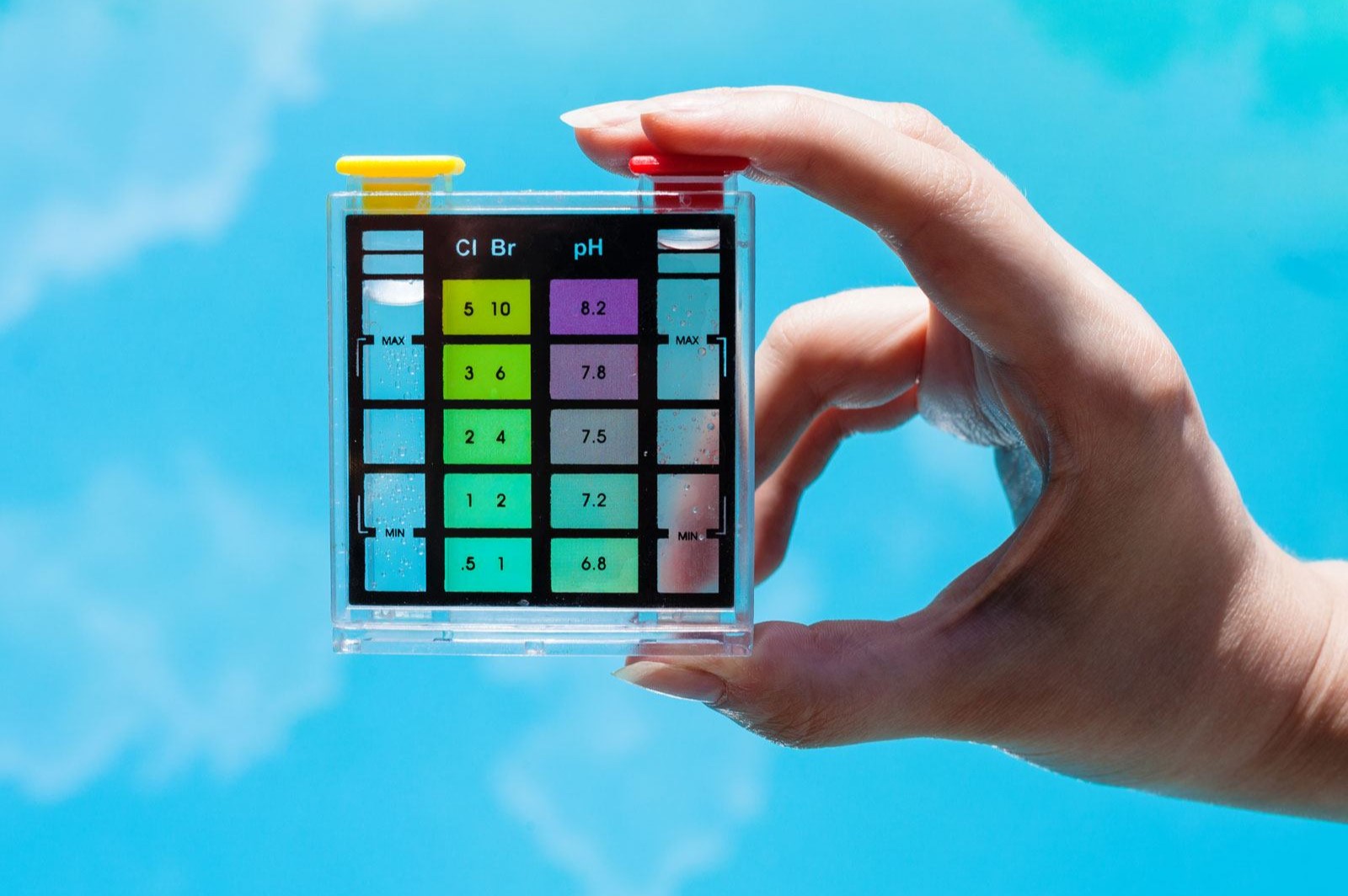
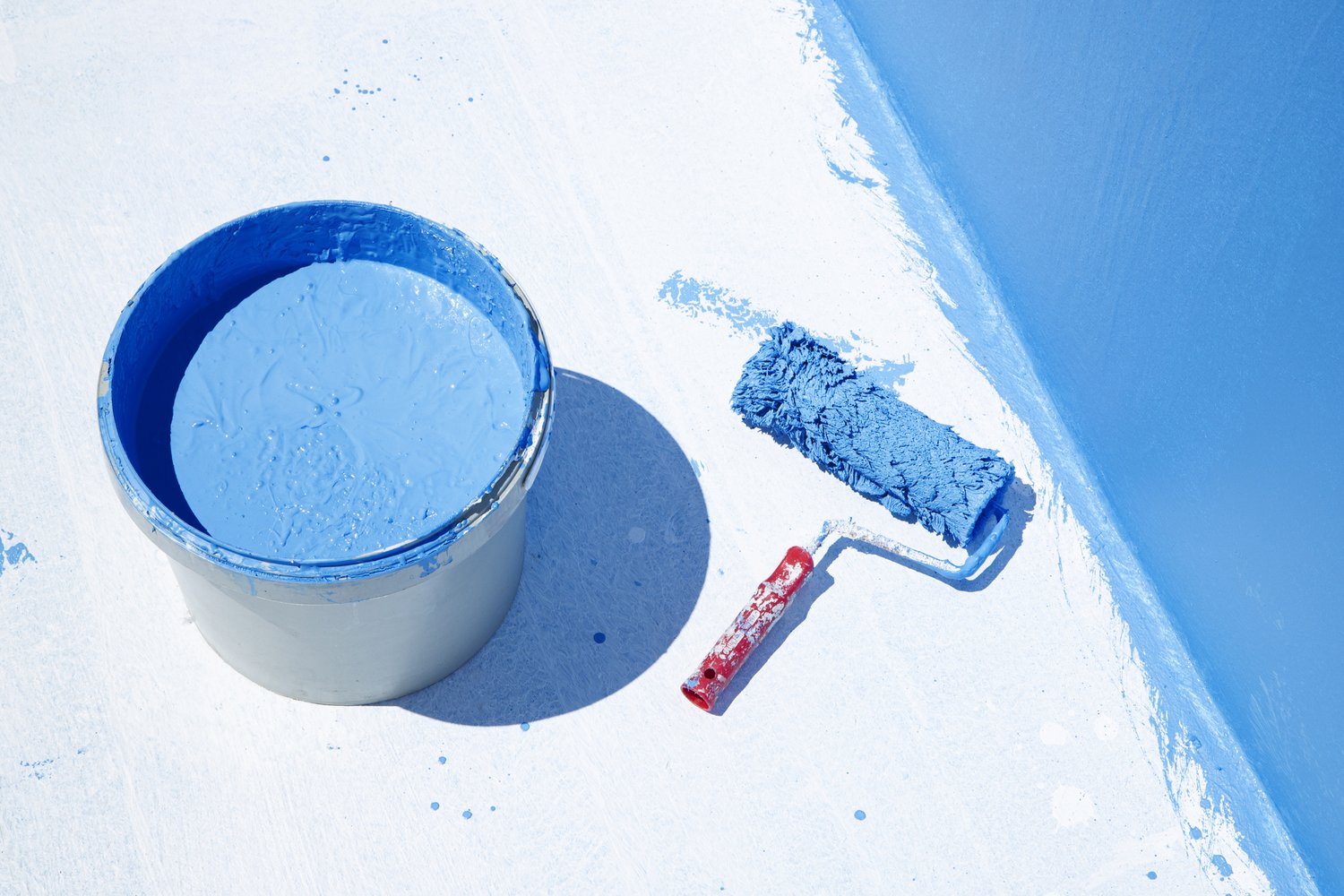
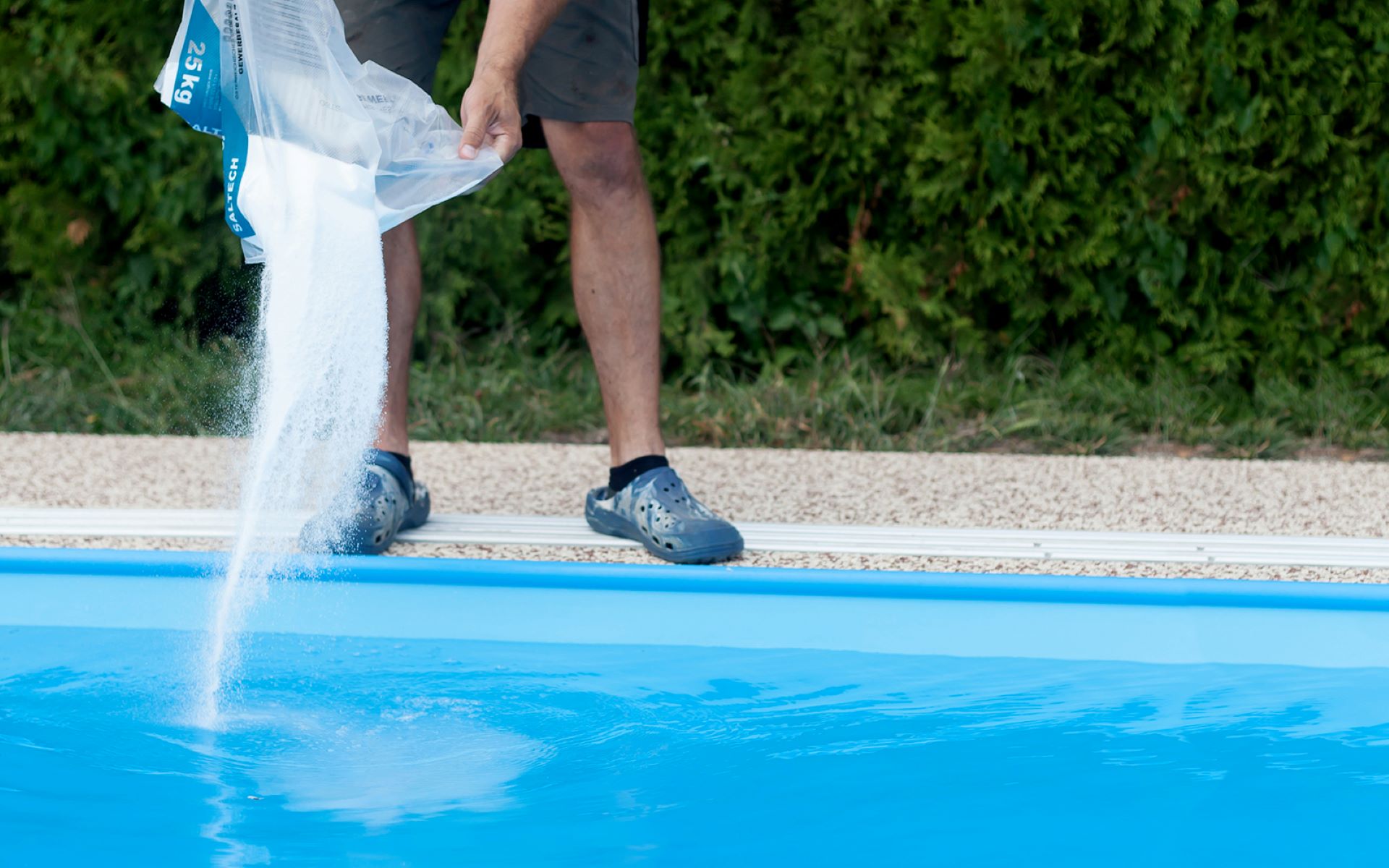
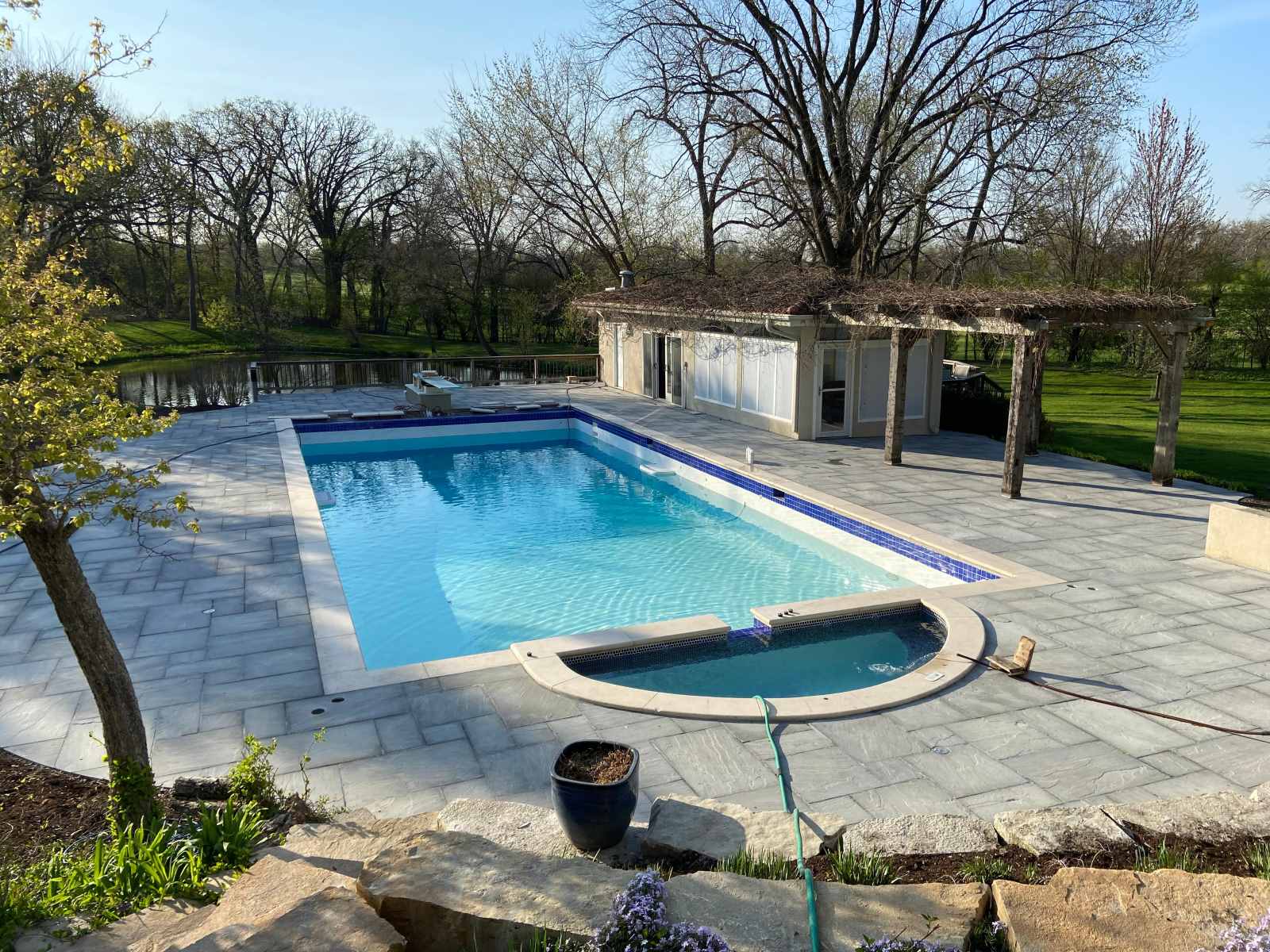
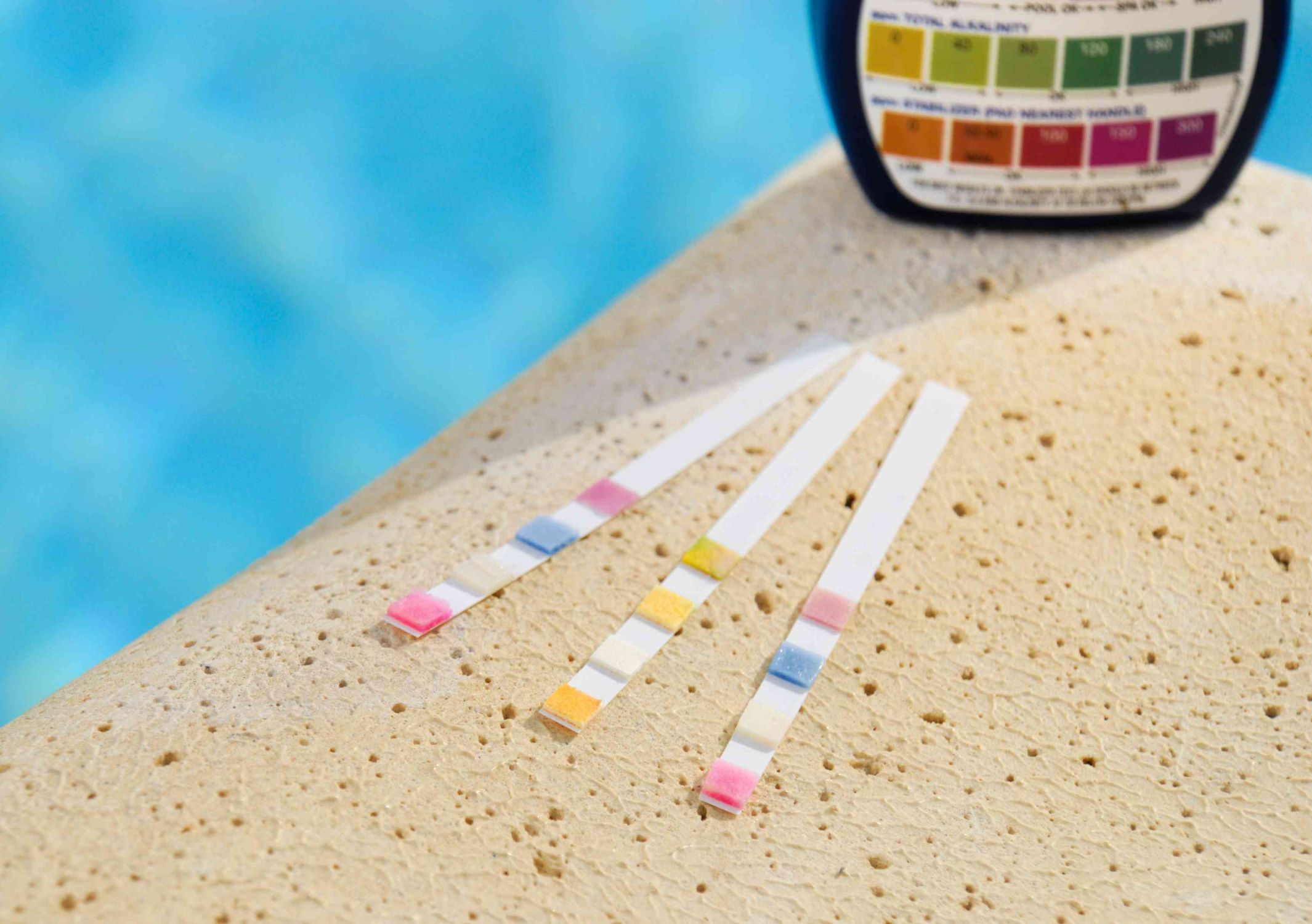


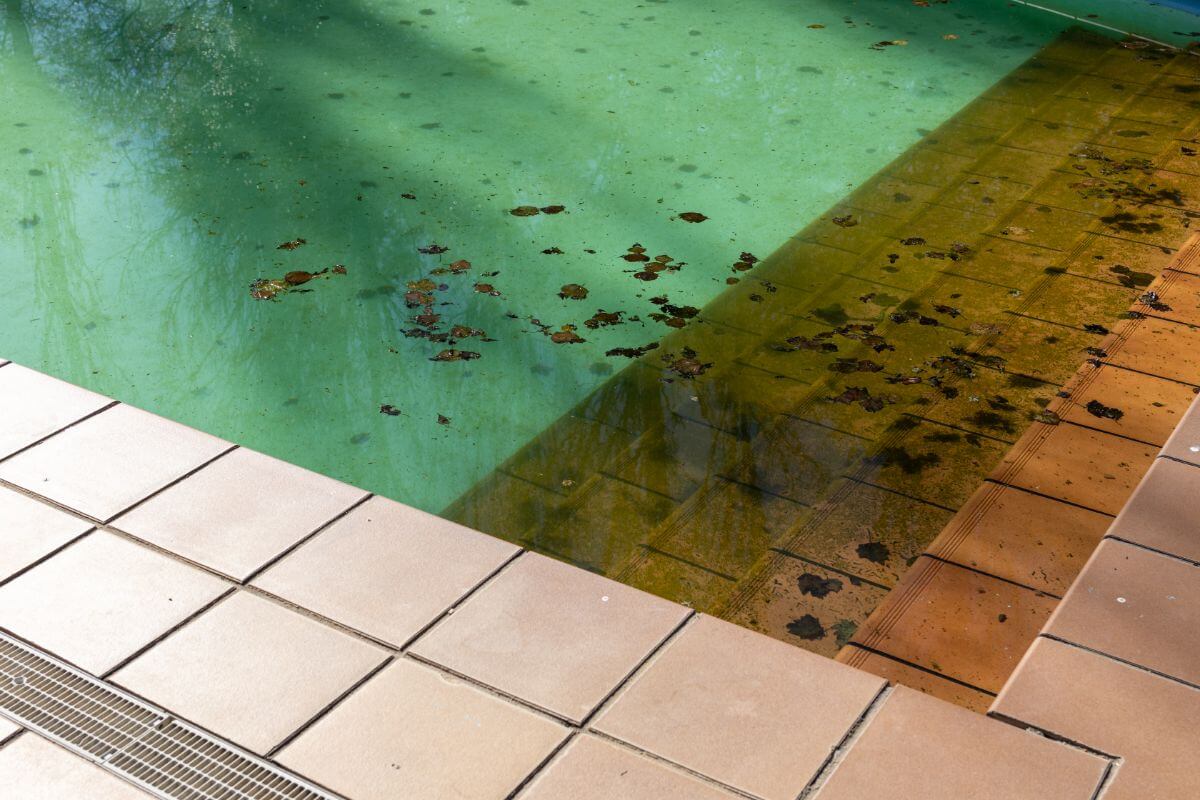

0 thoughts on “What Chemicals Do You Use In A Swimming Pool”